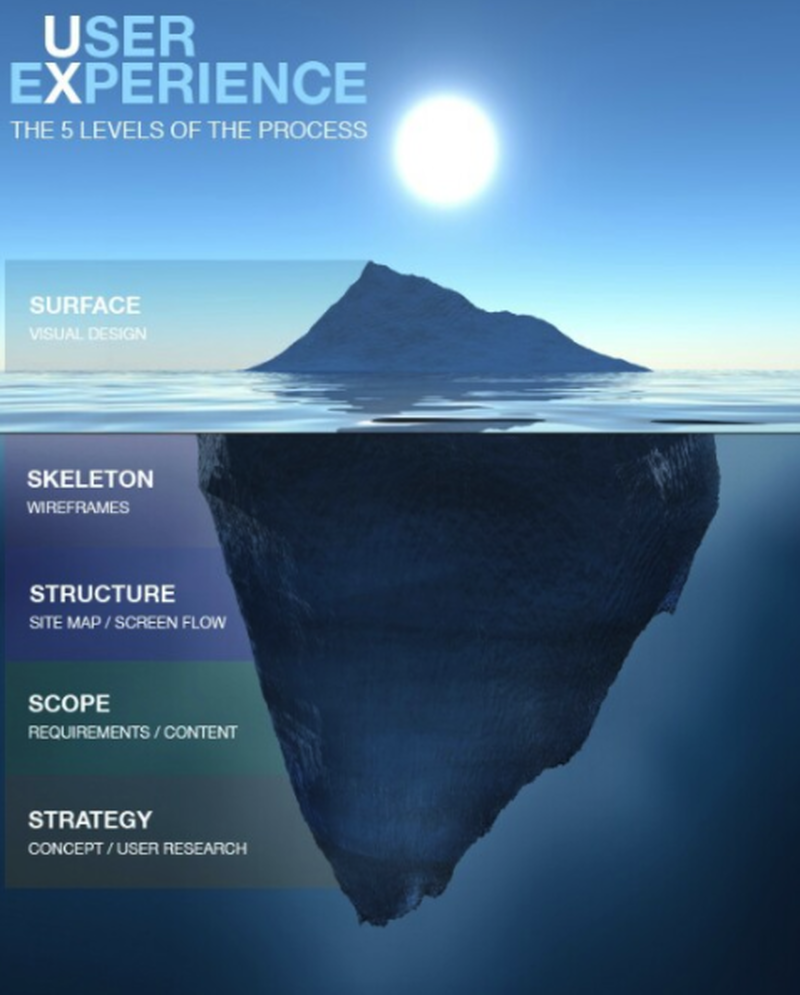
Bed Bath & Beyond's growth was largely being facilitated by a physical retail strategy that has been serving them well for the last decade.
Their physical footprint continues to grow as does their larger "home" focussed stores. However, the CEO knew this could all be supported digitally.
The Brief and the business pain point:
The CEO of Bed Bath & Beyond came to Greg Randall for help. The business new their legacy eCommerce platform was a module that came from their existing ERP system.
Anytime a retailer is powering their "digital sales person" with a module that has come from their existing ERP is an immediate signal change is required.
The normal approach to improving digital channels is to always start by improving the existing digital channel. Find out where here.
However, the one exception to this rule is when the eCommerce technology is a "bolt-on" that has come from an ERP system.
Why?
Think of an accountant selling your product for you. How effective is that going to be? This is essentially what ERP eCommerce modules are. ERP systems are born from a software development mindset focusing on product cost management and inventory control.

The eCommerce technology and its capability to become an elegant online sales person is merely an afterthought making it...
- Feature poor
- Incapable of configuration to meet the evolving consumer engagement needs
- Weak in the context of holding product merchandising content
- A complete absence of SEO technical hygiene best practice
- No remnants of best practice mobile rendering of content for smartphone screens
- And very poor page load speeds
The CEO was nervous on investing in a new enterprise eCommerce technology because the business did not know what should be focussed on during a Phase 1 replatform project.
His specific concern was, all existing "experience issues" found on the current platform would be copied over to the new eCommerce technology.
This copying over of issues from old platform to new, is one of the most common reasons for replatforming failure.
The Solution:
Greg Randall embarked on a customer experience design planning process where he conducted the following activities:
Learned the Bed Bath & Beyond business strategy to understand the wider business activities and then...
- Conducted deep analysis of the behavioural analytics to find out the "experience chaos" occurring on the existing site
- Went into multiple stores and conducted several interviews with Bed Bath & Beyond sales employees to understand what amazing in-store experiences look like. Greg took the great physical experiences and translated them into the digital context which then fed the new customer experience design plan.
- Identified the right eCommerce technology, the right functionality, and the right connectivty to existing business systems to support the new experiences.
From all the findings above, Greg then created the customer experience design plan calling out what the digital channel needed to look and behave like.
From this, the Phase 1 plan was born. Greg then worked with Bed Bath & Beyond and the eCommerce technology team to bring the plan to life.
The Results:
The new site went live early in 2018, but because the Phase 1 plan was full of what Greg classified as "high impact" recommendations, there was an expectation results would happen quickly.
When analysing two full months of online trade performance and comparing it to the same period the previous year this is what the business experienced....
- Transaction volume increased by 103%
- Average order value increased by 28%
- Total revenue increased by 161%
- Conversion rate increased by 57%
- Bounce rate across all major landing pages decreased by 15%*
*It's important to call out the metric stated in point 5 above. This decrease in bounce rate occurred while they enjoyed a 30% increase in traffic. Normally there is a correlation to an increase in traffic to an increase in bounce rates.
Because the experience design plan focussed heavily on improving landing pages throughout the new site, Bed Bath & Beyond was able to initiative great first impressions across multiple pages and drive a higher standard of engagement.
This higher standard of engagement influenced all the performance metrics stated above.
Where to from here:
As a result of this great start, Greg is now heading back for the next round of customer experience design planning.
Why is moving into another customer experience design planning session important so soon after going live?
IF the business has best practice infused throughout (in the case of Bed Bath & Beyond, it does), it can be confident the feedback and data its collecting from consumers is needs-based.
When NOT on a best practice foundation, consumer feedback is stimulated by the shortcomings of the digital channel and the poor experiences brought on by it. Not what a consumer truly needs or wants.
This makes the business reactive, resulting in increases in non-value-ad operational costs, stunting business growth.
Needs driven feedback and the manner in which the business responds to it, forms the basis for customer centric evolution and is how a business can maintain alignment to the needs of their target consumer.
Working from a best practice foundation enables the business to grow and evolve faster than predictions and is why new online businesses surpass traditional competitors. They start on a best practice foundation specifically made for the digital channel, wrapped around the consumer.

It's as the "iceberg" shows above, the business value comes in the strategic planning of the experience design and the high standard of implementation that forms the foundation of success.
For those of you in business, you may have heard this principle before in traditional business conduct and you are right. Managing and driving digital strategy is no different.
The only difference is, businesses like Bed Bath & Beyond need to engage with a digital strategy/customer experience design specialist.
Bed Bath & Beyond now have access to rich needs-based data that will feed decision making to form the next phase of work for...
- Internal teams
- Agency vendors
- Development/technology vendors
For Bed Bath & Beyond, this performance lift is only the beginning.
This article was as tagged as Best Practice , Business Transformation , Customer Experience Design , Data Driven Decision Making